The criteria for suitability not only help optimize resources but also ensure interconnectedness, specialization, and sustainable development.
"The Story of the Bundle of Chopsticks"
Nghe An University was established on the basis of merging Nghe An Teacher Training College into Nghe An University of Economics and renamed according to Decision No. 1653/QD-TTg dated December 26, 2024.
Dr. Nguyen Dinh Tuong - Secretary of the Party Committee and Chairman of the School Council - believes that each merger phase has its own characteristics, but the important thing is to clearly define the criteria from the outset to ensure effectiveness and sustainability.
"Geographical location is the primary factor, followed by the field or group of fields of study. These two criteria facilitate post-merger organization and management, while also creating a foundation for schools to leverage their unique strengths, avoiding overlap and fragmentation," Mr. Tuong stated.
Based on practical experience, Mr. Tuong stated that Nghe An University was formed by merging two training institutions with completely different fields: one in the field of pedagogy, the other focusing on economics and engineering. The differences in scale, structure of disciplines, and management methods initially caused considerable difficulties during the merger process. However, after the merger, the university expanded its training scale, created articulation between different levels of education, and diversified its disciplines.
"Consolidation helps to leverage resources, create a richer training environment, and better suit the needs of society," Mr. Tuong remarked, acknowledging that if the training institutions remained separate, further development would be difficult.
Before the merger, Nghe An University of Economics had only about 140 staff and lecturers – equivalent to 1-2 faculties of a large university. In reality, this merger model has proven remarkably effective. Not only has it expanded the scope of training, but the university has also built a capable faculty, formed strong interdisciplinary research groups, and met the demands of current higher education reform.
Discussing the policy of merging higher education institutions in the coming period, Dr. Nguyen Dinh Tuong noted that this merger is more unique than the previous one. The goal is not only to streamline the system but also to improve training capacity, the quality of student intake, and the efficiency of resource utilization.
According to Mr. Tuong, the criteria for the upcoming merger have several new points. Besides scale, geographical location and the structure of industry groups are considered two key criteria. “In the same area, having many schools training in the same field will lead to competition and resource dispersion. When merging, the teaching staff will be consolidated, infrastructure investment will be concentrated, thereby forming strong research groups and improving the quality of training,” he analyzed.
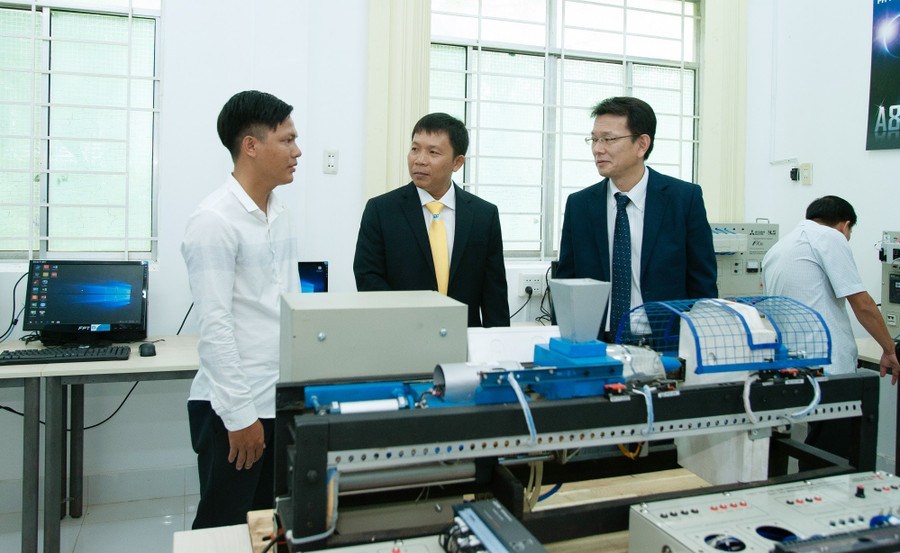
Internal restructuring
With the largest scale in the Mekong Delta region, Can Tho University officially transformed into Can Tho University according to Decision No. 1531 dated July 15, 2025, of the Prime Minister. On August 1st, Can Tho University announced the Resolution on the establishment, merger, consolidation, and reorganization of its affiliated units.
According to the university's leadership, this policy aims to meet the development requirements in line with the new situation, demonstrating a strong determination and strategic vision in building a multidisciplinary, multi-field university model that is flexible, efficient, autonomous, and internationally integrated. This is also an important prerequisite for Can Tho University to improve the efficiency of its management and administration, ensuring consistency and synchronization in the implementation of its development strategy for the next phase.
Following the merger, Vinh Long province now has 6 higher education institutions, ranking second in the Mekong Delta region in terms of training scale. According to Associate Professor Dr. Nguyen Minh Hoa - Rector of Tra Vinh University, Vinh Long is a province with a large natural area and a large population. The creation of a new administrative and economic entity is considered by economic experts to create a "coastal development space with rich potential," opening up unprecedented opportunities.
However, to realize the vision and maximize the combined strengths, the key factor lies not in resources or investment capital, but in people. Associate Professor Dr. Nguyen Minh Hoa stated that the Mekong Delta has an abundant workforce but is facing many challenges regarding quality and structure. The percentage of trained workers in the region is only 14.9%, of which the percentage with a university degree or higher is only 6.8% - the lowest in the country.
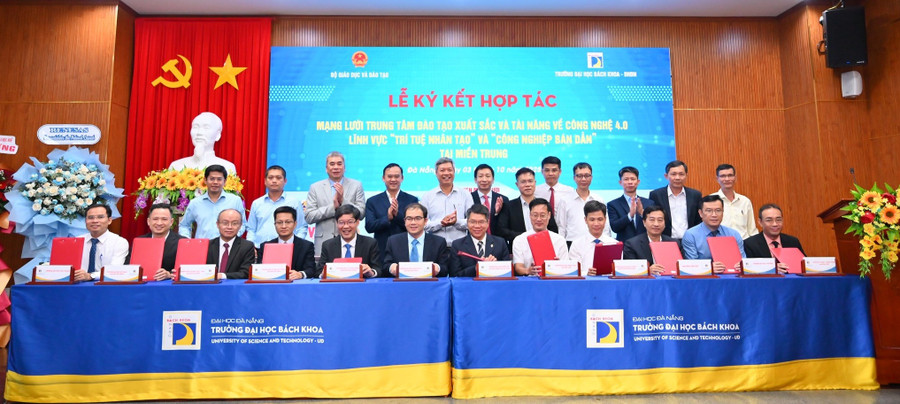
“With the presence of 6 higher education institutions, ranking second in the region in terms of training scale, Vinh Long province has a special advantage to effectively implement this strategic breakthrough,” Mr. Hoa emphasized and suggested that, based on the existing advantages and scale, the province needs to build a comprehensive, breakthrough strategy, going beyond the previous isolated and uncoordinated solutions, in order to provide human resources for the province's key economic sectors in the 2025-2030 term and subsequent periods.
According to Mr. Hoa, Tra Vinh University, along with other universities, has the full capacity and has prepared many comprehensive solutions to train human resources in line with the needs of society and businesses, meeting the demand for high-quality human resources for the province and the region.
“Restructuring the higher education system requires leveraging existing resources, improving quality, and enhancing competitiveness. Mergers will also promote autonomy and accountability. The general spirit of mergers is not about 'mechanical merging' but about strategic restructuring to form strong, interdisciplinary, autonomous, and highly accountable universities. The ultimate goal is not just a temporary solution, but to become a driving force that puts Vietnamese universities on a trajectory of sustainable development, integration, and global competitiveness,” shared Associate Professor Dr. Nguyen Minh Hoa.
To meet the requirements of the higher education network planning, according to Associate Professor Dr. Luong Minh Cu - Secretary of the Party Committee and Rector of Cuu Long University - higher education institutions need to prepare for a new phase of development with a strategic vision.
In particular, the construction of a new higher education system must be synchronized with the existing network; focusing on preparing a high-quality teaching staff and appropriate facilities to train human resources for key industries; and at the same time, solutions are needed to attract organizations and businesses to invest in facilities and support training programs.
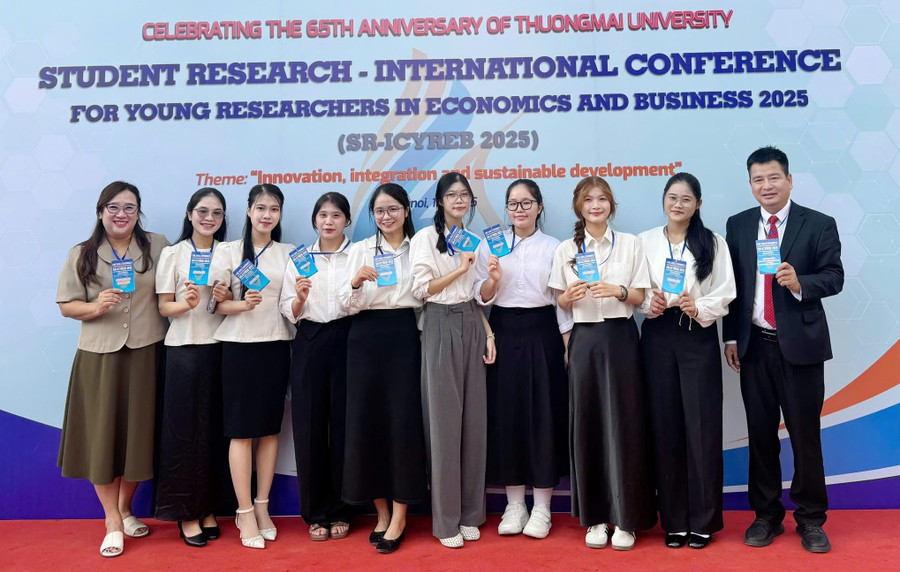
3 pillars of a strong university
Professor Tran Van Nam, former Director of Da Nang University, commented: "Currently, the Vietnamese university system has a large number of universities, but their scale and quality are not uniform. Many universities are still limited in terms of finance, human resources, facilities, and scientific research activities are not strong enough."
Therefore, reorganizing and restructuring higher education institutions is essential to concentrate resources and improve the quality and reputation of the entire system. However, for the merger process to be effective, the most important thing is to have a clear and transparent set of criteria.”
According to Professor Tran Van Nam's proposal, the criteria for mergers could be based on the six criteria in Circular 01 of 2024 issued by the Ministry of Education and Training, which stipulates the standards for higher education institutions. These criteria are: organization and governance; faculty; facilities; finance; student recruitment and training; and research and innovation. These are fundamental factors for evaluating the level of compliance of each institution, thereby developing a scientific and objective merger plan.
The former Director of Da Nang University emphasized that the goal of the university merger process should not only be to reduce administrative layers, but also to strengthen three core pillars: training high-quality human resources, scientific research, and community service. Only in this way can strong universities be formed that can compete regionally and internationally.
Sharing the same view, Dr. Nguyen Dinh Tuong believes that merging universities should not only aim for larger scale but also consider fairness in admissions. “Large universities should not set excessively high entrance criteria that deprive disadvantaged students of educational opportunities. Besides their functions of training and research, universities also have a responsibility to serve the community and open the doors of knowledge to all learners,” Dr. Tuong said.
When units are reorganized rationally, the education sector will not only form highly competitive training and research centers but also ensure its social mission, creating opportunities for access to higher education for everyone, in all regions.
The merger process will inevitably present difficulties, especially in organizational structure and personnel. Therefore, the key factor is selecting a leadership team with vision, prestige, and management capabilities, who can reconcile interests and guide the overall development direction. - Prof. Dr. Tran Van Nam
Source: https://giaoducthoidai.vn/tai-cau-truc-truong-dai-hoc-cong-lap-lam-ro-tieu-chi-post753944.html











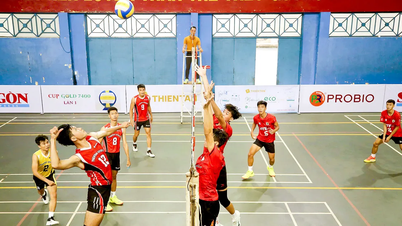




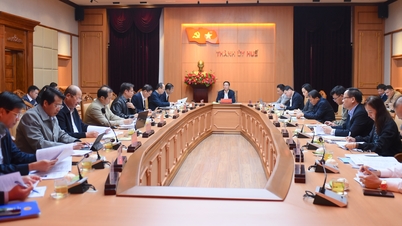








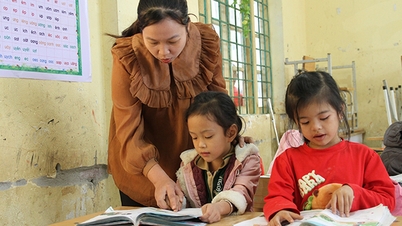
















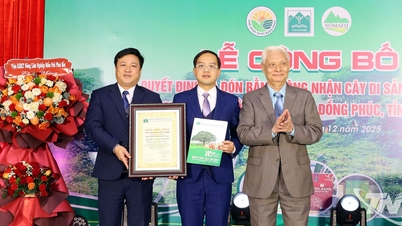






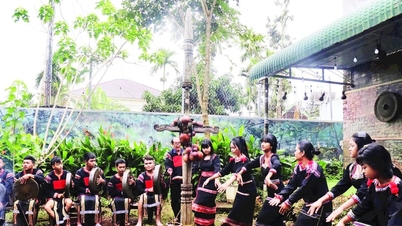






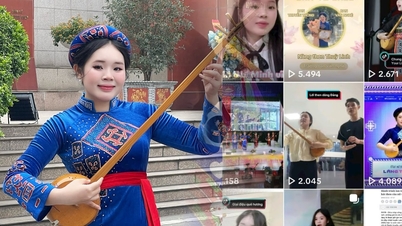








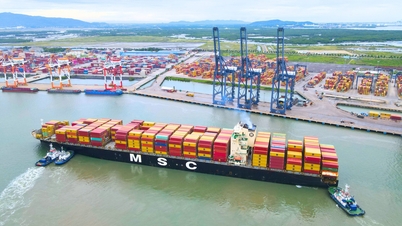
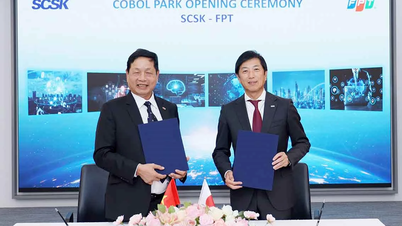




















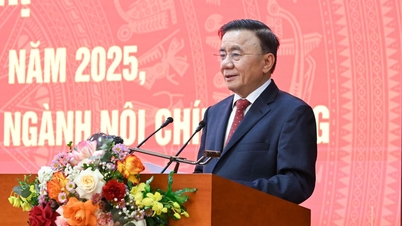








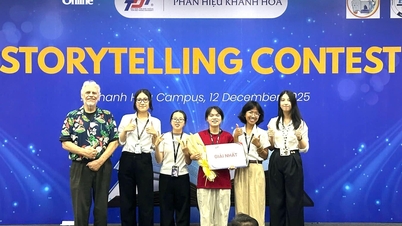
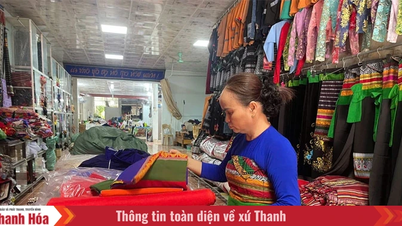

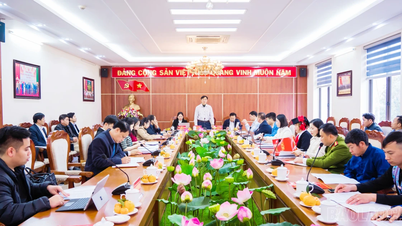













Comment (0)